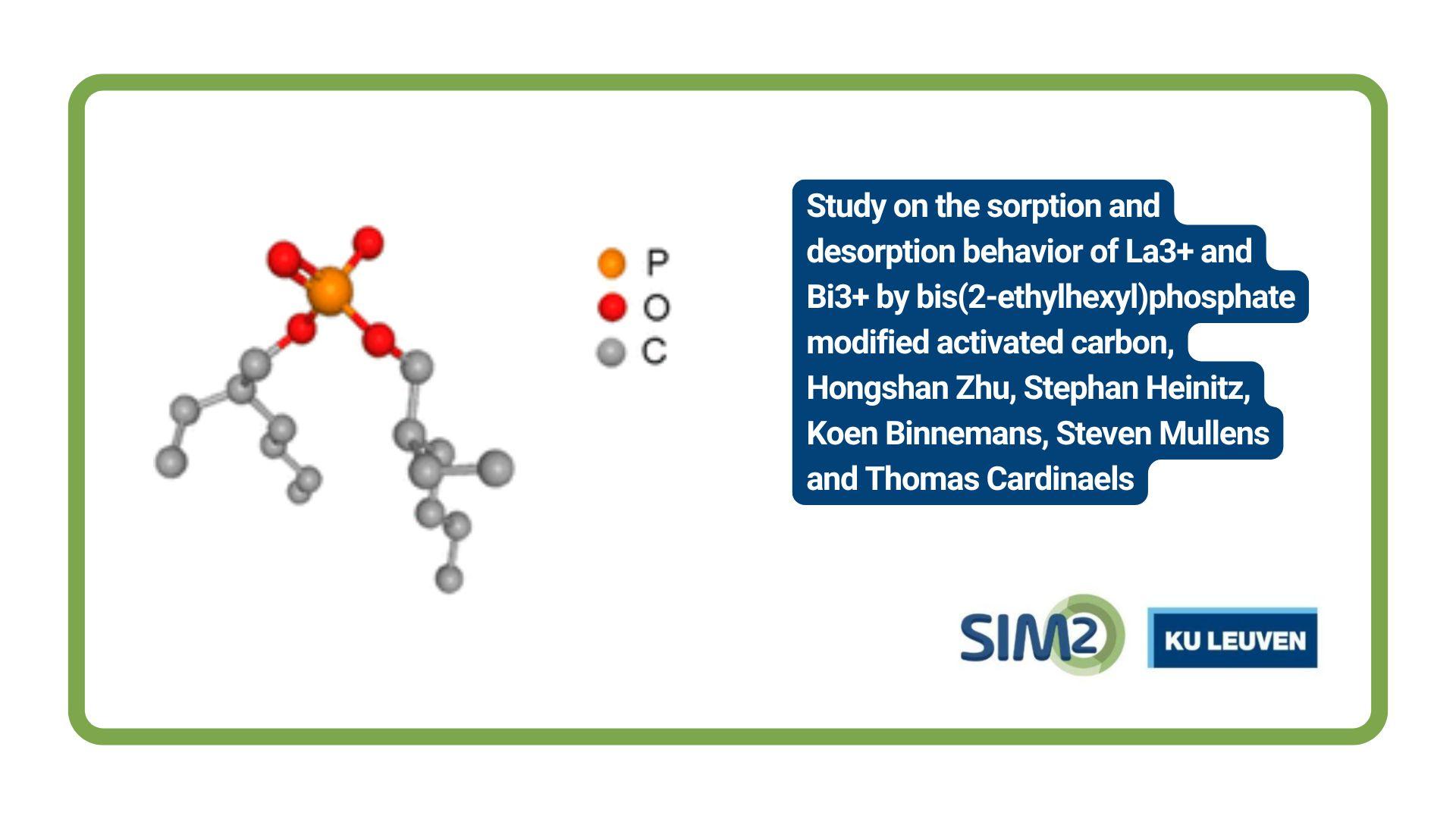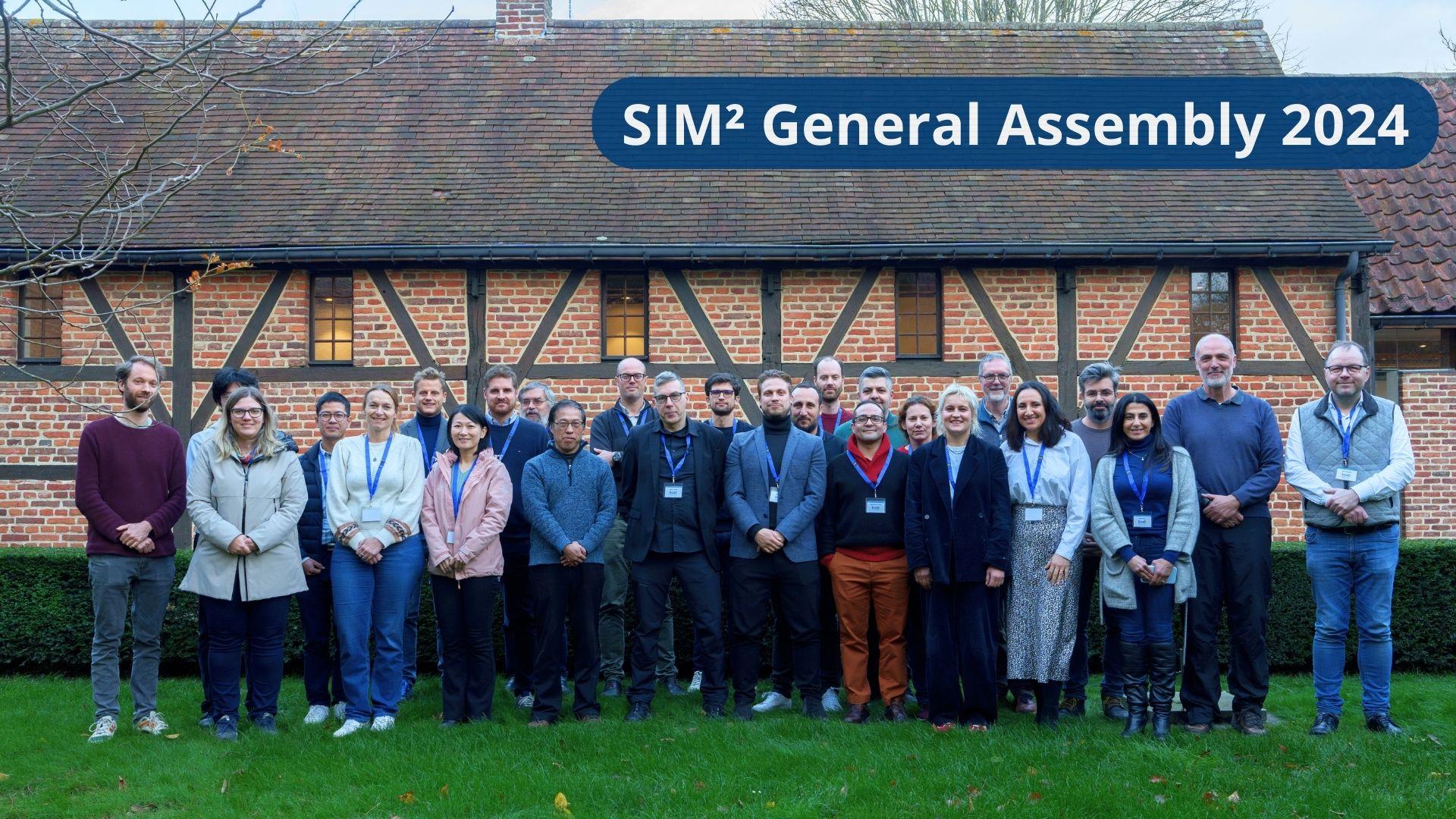Following their previous, widely-cited work on rare earth (RE) high-performance magnets, Prof. Gutfleisch and colleagues from TU Darmstadt have just published a landmark viewpoint paper in Scripta Materialia on the vision and reality of heavy RE-free, free rare earth and RE-free magnets. Prof. Gutfleisch will be one of the top-of-the-bill invited speakers at the upcoming DEMETER Symposium (Leuven, Feb’ 2019) on RE permanent magnet motors and the e-mobility revolution. (PTJ, 13/11/2018)
In the viewpoint paper Prof. Gutfleisch and colleagues from TU Darmstadt start with the fundamental observation that among the intermetallic phases used for permanent magnets, practically none can fully realise its potential based on the intrinsic magnetic properties. They discuss different reasons leading to this limitation, known as the Brown paradox, and propose some possible ways of overcoming it. The intrinsic magnetic properties of rare earth balance magnets such as (Nd1−xCex)2(Fe1−yCoy)14B single crystals are compared with the extrinsic characteristics of sintered and hot compacted magnets made from the very same alloys. In addition, looking at RE-free materials, results obtained on Mn- and Co-based RE-free single crystals are compared with the hard magnetic properties of Mn-based permanent magnets.
Paper reference
K.P. Skokov and O. Gutfleisch, Heavy rare earth free, free rare earth and rare earth free magnets – vision and reality, Scripta Materialia, 154 (2018) 289–294, https://doi.org/10.1016/j.scriptamat.2018.01.032
About Oliver Gufleisch

Prof. Dr. Oliver Gutfleisch is a full Professor for Functional Materials at TU Darmstadt and a scientific director at Fraunhofer IWKS. His scientific interests span from new permanent magnets for power applications to solid state energy efficient magnetic cooling, ferromagnetic shape memory alloys, magnetoelastomers for adapted damping and actuation, magnetic nanoparticles for biomedical applications, and to solid state hydrogen storage materials with a particular emphasis on tailoring structural and chemical properties on the nanoscale. Prof. Dr. Oliver Gutfleisch was also the PI for Fraunhofer in the EU MC-ITN EREAN project on rare-earth recycling of magnets. Prof. Gutfleisch will also be one of the keynote speakers on the Concluding DEMETER Symposium about rare-earth permanent magnet motors and the e-mobility revolution.
Concluding DEMETER Symposium
The DEMETER Symposium features a high-quality, “beyond-science-only” programme on rare-earth permanent-magnet motors and the e-mobility revolution. The three-day Symposium provides the floor to invited international experts from industry, academia and the European Commission, as well as the early-stage researchers from the DEMETER project who will present their final results. The Symposium includes two exciting panel discussions, which will stimulate a wider societal debate about the transition to a low-carbon mobility system, the requirement of critical metals (incl. rare earths), the Social License to Operate to mine and/or recycle critical metals, as well as the geopolitical aspects of rare earth sourcing. Visit the DEMETER Symposium website here. Registration for the Symposium can be done here.






